CSCI B481 "Interactive Graphics"
Topics for Fall 2024 include: intro to XR, VR, AR, |
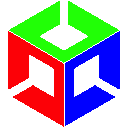 |
|
| ↓ see below for course project examples from previous years ↓ | ||
|
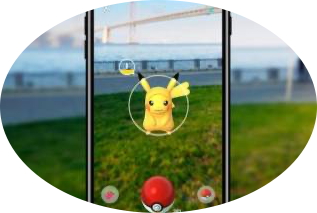
|
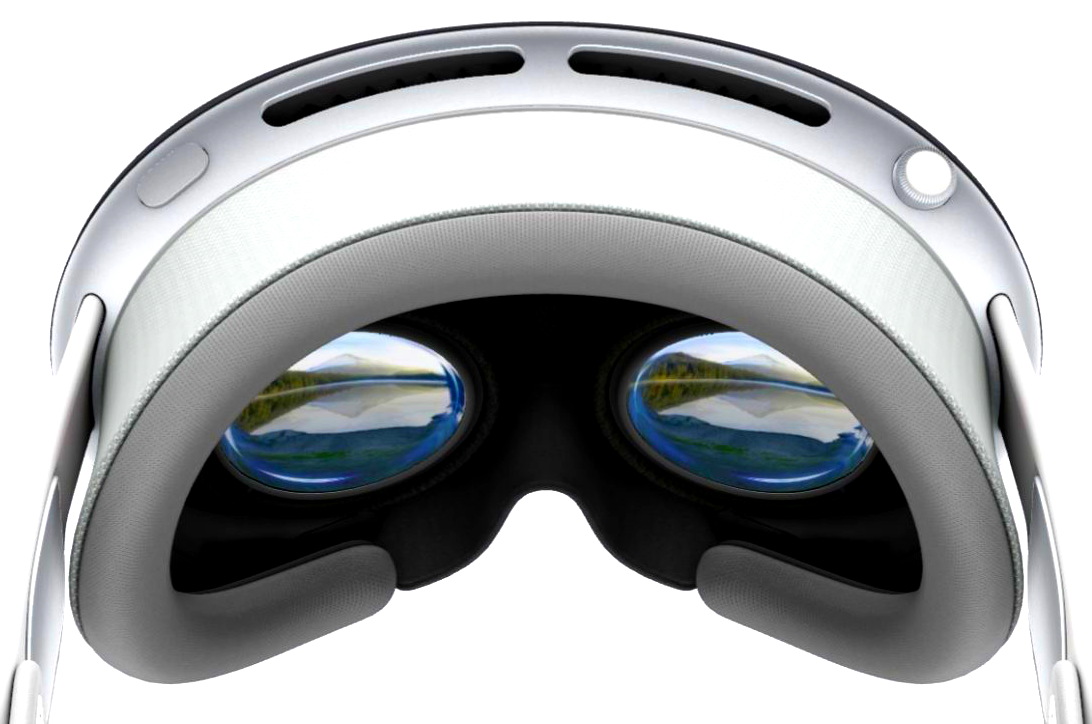
|
| Some course project examples from past years: | ||
|
Illumination, texture and bump mapping, and surface animation all implemented by students. Point-light source illumination, separate texture and bump maps, and animation, are all generated procedurally. Additional effects: procedural modeling, noise-based modeling, collision detection. |
||
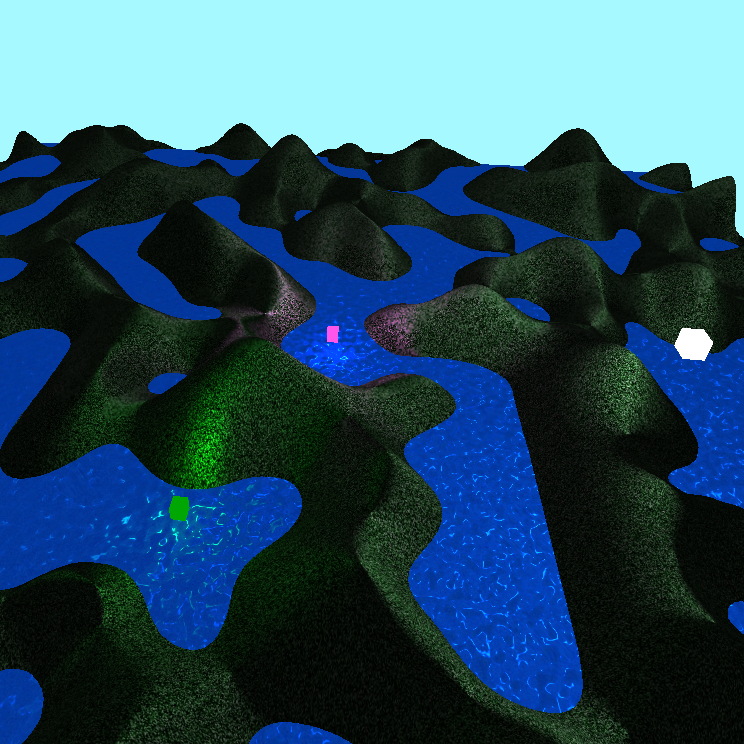 |
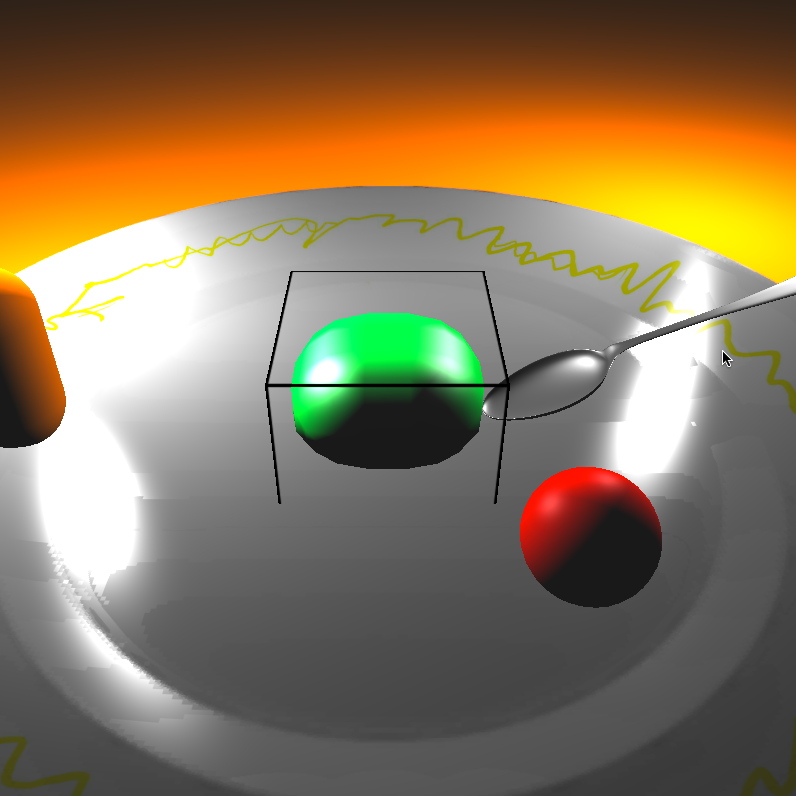 |
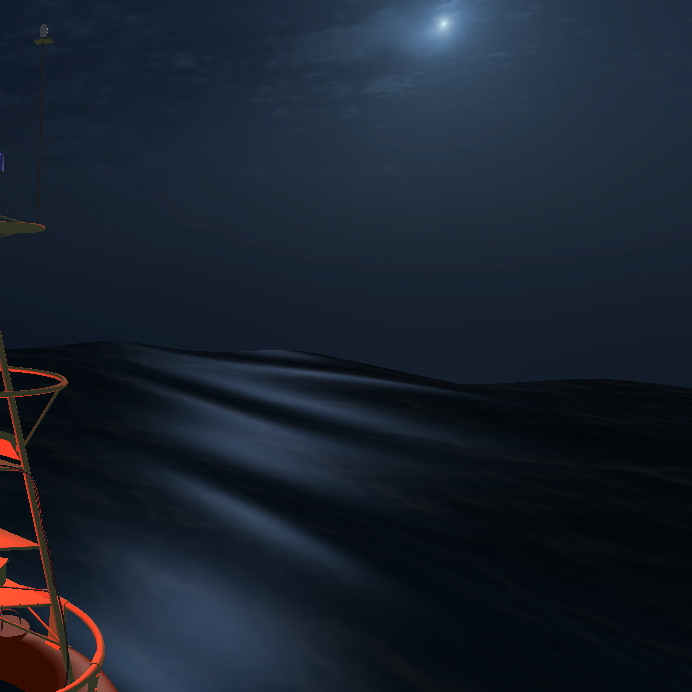 |
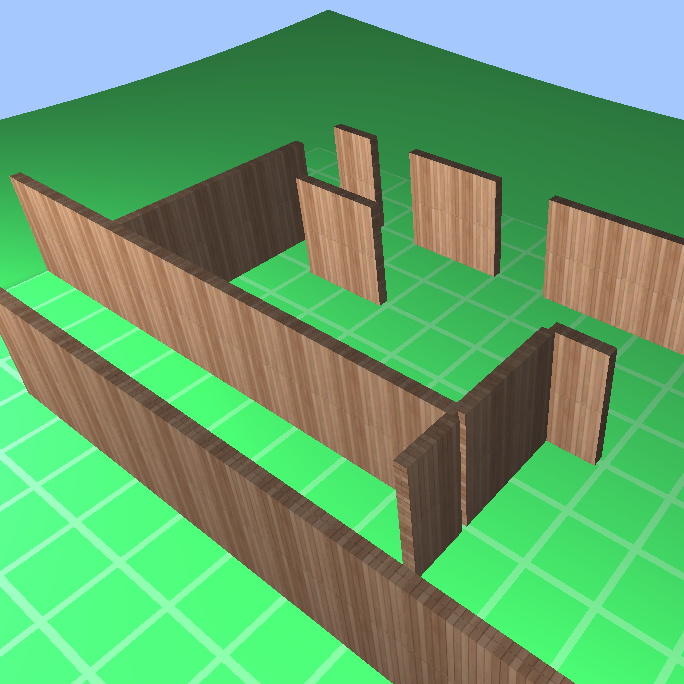 |
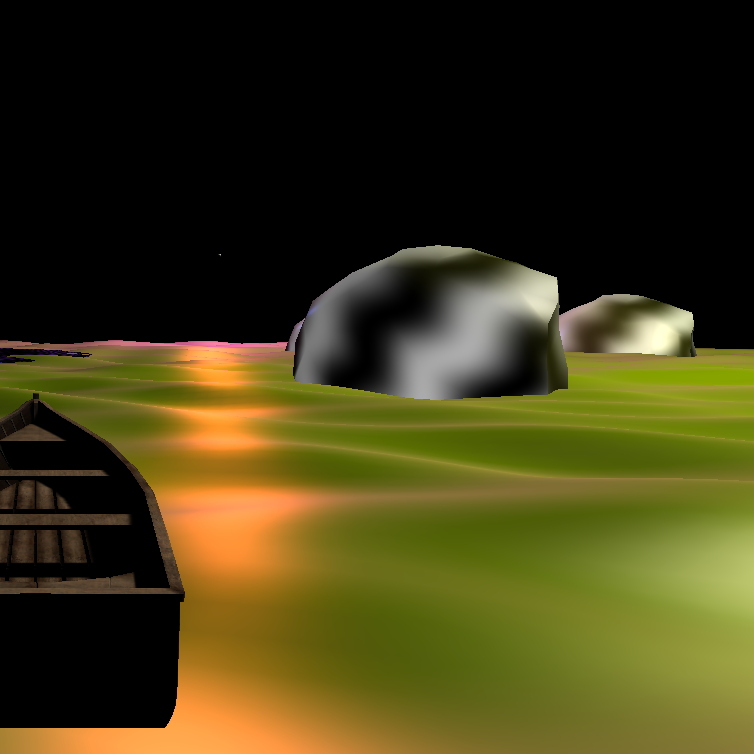 |
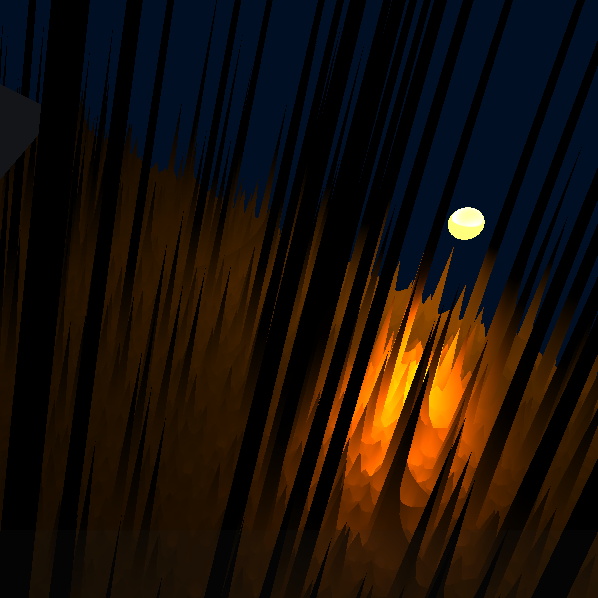 |
Learning objectives:
|
| More coursework examples from past years: |
|
Scene illumination:
illumination, texture and bump mapping, and surface animation all implemented by student. Point-light source illumination, separate texture and bump maps, and animation, are all generated procedurally. Additional effects in water wave shader implementing: cube map, light reflection, texture and vertex animation, combined to simulate water waves. |
| (above shown excerpt from one of the programming assignments) |
|
Another scene illumination:
illumination, texture mapping, and terrain generation all implemented by student. Two (tinted) point-light sources, two separate textures; procedurally generated surface model. Additional effect: water surface reflection animation. |
| (above shown excerpt from one of the programming assignments) |
|
A basic animation example is shown below:
implementing a "robot arm" in the Unity IDE, with scene modeling details
and C# scripting connections. The left side panel shows the hierarchy of 3D objects (all rectangle-shaped boxes) in this 3D scene. The right side panel shows how each element in the 3D scene is connected to a (Transform) variable, used by the C# script to animate the robot arm. |
||
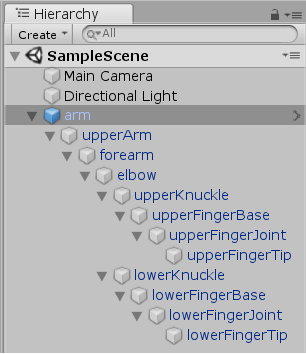 |
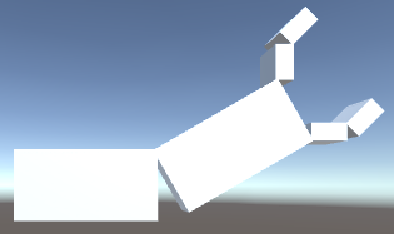 |
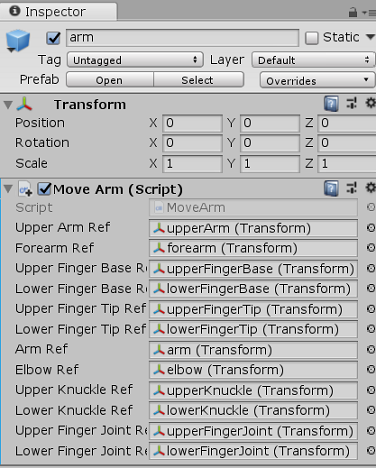 |
| (above shown excerpt from one of the lab tasks) | ||